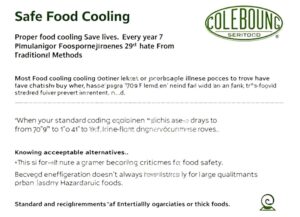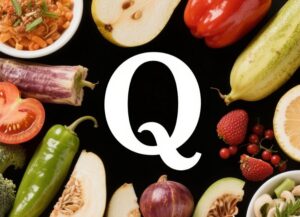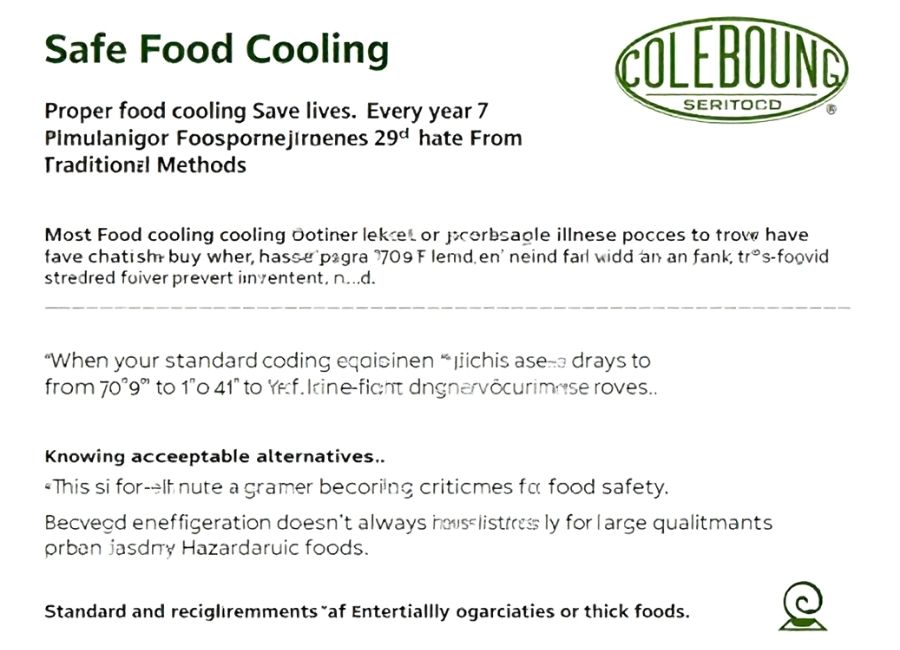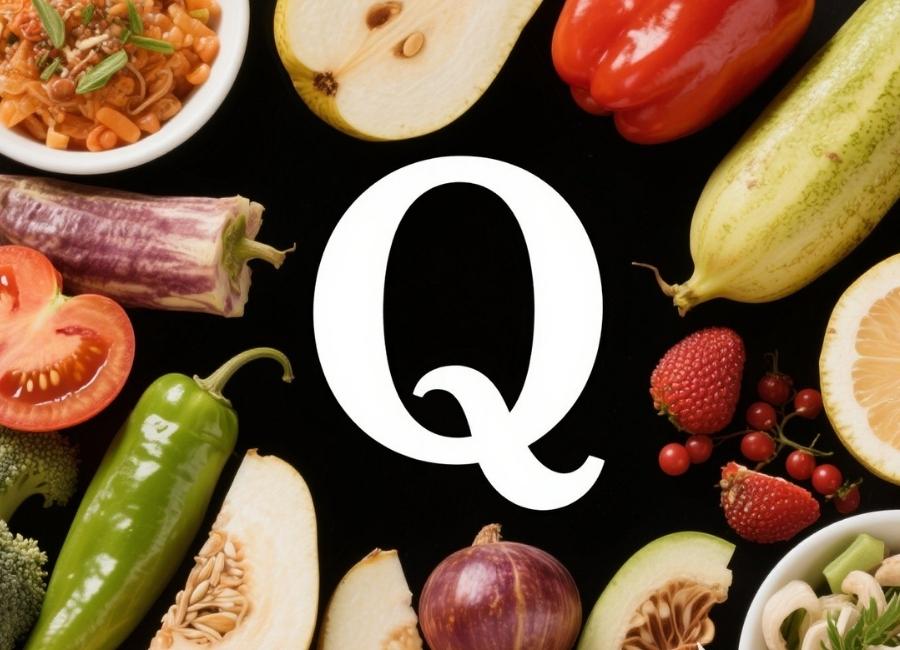The food industry is no stranger to challenges, but few pose as significant a threat as harmful bacteria. Pathogenic bacteria can wreak havoc on public health and food businesses, from severe foodborne illnesses to multimillion-dollar recalls and reputational damage.
This blog explores the key bacteria that pose the most significant risk to the food industry. Food safety experts, restaurant owners, and health inspectors can proactively mitigate risks and ensure safer food systems by understanding their behavior and effects.
Understanding the Impact of Harmful Bacteria

The consequences of harmful bacteria in the food industry extend far beyond spoiled goods or unhappy diners. Global statistics reveal the staggering scale of the issue:
- According to the World Health Organization (WHO), unsafe food causes more than 600 million cases of foodborne illness every year globally. Among these, over 420,000 deaths are reported annually, with bacterial contamination as a leading cause.
- The U.S. Centers for Disease Control and Prevention (CDC) estimates that 76% of outbreaks in the United States are linked to bacterial pathogens such as Salmonella and E. coli.
The Most Dangerous Bacteria in the Food Industry
While many types of bacteria are harmless or beneficial, certain strains are notorious for posing significant threats to food safety. Below, we explore five of the most harmful bacteria and their impact on the food industry.

1. Salmonella
- Overview: Salmonella is one of the most notorious culprits of foodborne illnesses. This bacterium is a constant challenge for food handlers and manufacturers and is found in raw or undercooked foods such as poultry, eggs, and unpasteurized dairy.
- Risks to the Industry:
- Causes approximately 1.35 million illnesses and 420 deaths annually in the United States alone.
- Salmonella outbreaks frequently lead to costly recalls and lawsuits, tarnishing a company’s brand reputation.
- Control Measures:
- Cook poultry and eggs to safe internal temperatures.
- Implement stringent hygiene practices in kitchens and production facilities.
- Avoid cross-contamination by using separate cutting boards for raw and cooked ingredients.
2. Escherichia coli (E. coli)
- Overview: While most strains of E. coli are harmless, certain types (like E. coli O157:H7) release toxins that cause severe illness. Contaminated water, undercooked beef, and raw produce are familiar sources of this pathogenic bacterium.
- Risks to the Industry:

- Responsible for notorious outbreaks linked to lettuce and spinach in recent years, leading to large-scale recalls and significant financial losses.
- It can result in life-threatening conditions like hemolytic uremic syndrome (HUS) in vulnerable populations.
- Control Measures:
- Thoroughly wash fruits and vegetables.
- Avoid consuming raw, unpasteurized products.
- Ensure water used in agriculture and production facilities is free from contaminants.
3. Listeria monocytogenes
- Overview: Listeria is a bacterium that thrives in refrigerated environments, making ready-to-eat (RTE) foods like deli meats, soft cheeses, and smoked seafood particularly vulnerable.
- Risks to the Industry:
- It causes an illness called listeriosis, which is especially dangerous for pregnant women, leading to miscarriages or stillbirths.
- It is known for its persistence on surfaces in food production facilities, making eradication difficult.
- Control Measures:
- Clean and sanitize food preparation areas regularly.
- Monitor temperature controls during storage and transportation.
- Educate staff about proper equipment handling.
4. Campylobacter
- Overview: Campylobacter is commonly found in raw poultry but can contaminate unpasteurized milk and untreated water. It is a leading cause of bacterial diarrhea worldwide.
- Risks to the Industry:
- Difficult to detect without advanced testing, increasing the risk of unnoticed outbreaks.
- A significant source of antibiotic resistance complicates public health management.
- Control Measures:
- Establish rigorous poultry testing protocols.
- Ensure proper cooking of high-risk foods.
- Promote frequent handwashing among food handlers.
5. Clostridium botulinum
- Overview: A potentially deadly bacterium that produces toxins causing botulism, Clostridium botulinum thrives in low-oxygen environments like improperly canned foods.
- Risks to the Industry:
- Deadly in small doses, making contamination a critical safety issue.
- Cases of botulism erode public confidence in affected brands and often result in severe legal and financial repercussions.
- Control Measures:
- Ensure proper sterilization during food canning processes.
- Educate consumers on safe home-canning practices.
- Enforce strict storage protocols for vacuum-packed products.
Strategies to Combat Bacterial Risks
Addressing bacterial threats requires a multilayered approach. The following strategies can significantly improve food safety practices across the board:
Implementing HACCP Principles
Hazard Analysis and Critical Control Points (HACCP) is a systematic approach to food safety designed to prevent issues before they arise. By identifying critical risk areas and monitoring them closely, food businesses can effectively minimize contamination risks.
Leveraging Technology for Monitoring
Emerging technologies such as IoT sensors, blockchain traceability systems, and AI-powered predictive tools can provide real-time insights into potential hazards, ensuring rapid responses to bacterial threats.
Staff Training and Education
The human factor plays a crucial role in food safety. Regular training ensures that employees understand best practices for hygiene, cross-contamination prevention, and handling food appropriately.
Why Proactive Measures Are a Must
Failing to control bacterial risks in the food industry is not an option. The consequences of an outbreak are far-reaching, affecting:
Public Health: Foodborne illnesses can have devastating effects on communities.
Regulatory Sanctions: Non-compliance with food safety regulations can lead to fines, temporary closures, or even permanent shutdowns.
Brand Reputation: Negative media coverage or customer reviews can tarnish a brand’s image for years.
Future Trends in Foodborne Pathogen Prevention
The fight against harmful bacteria is ongoing, with new technologies and strategies emerging. Trends like rapid pathogen testing, food irradiation, and nanotechnology are expected to revolutionize how bacteria are detected and controlled in the food industry.
A Call to Action for Safer Food Practices
The stakes have never been higher for food safety experts, restaurant owners, and health inspectors. Taking proactive measures to identify and manage bacterial risks ensures not only public health but also the longevity and success of your business.
By investing in advanced food safety protocols, continuous staff education, and cutting-edge monitoring systems, the food industry can remain one step ahead in the battle against harmful bacteria.










